Showing up for your potential clients with consistent communication is key to growth. As well as stimulating organic traffic, it shows you as dependable and reinforces that you’re a business they can rely on.
According to a study by the UK Marketing Institute, 76% of consumers are more likely to trust a brand that delivers consistent messaging. This trust translates directly into lead generation success as it keeps prospects engaged and nurtured over time.
But, it’s certainly not easy. Otherwise everyone would be doing it well. There are some all too common blocks that can hinder consistent communications, so let’s go over them with some practical points to help overcome each one.
Confusing Company Message
If your company has adapted (I refuse to use the word pivot again) in recent years, but hasn’t invested in new messaging and positioning work, it’s likely that there’ll be some mixed messaging in play.
Without clarity of messaging it can be really difficult to create content with confidence and so it falls down the to do list.
My recommendation is a messaging workshop. This is where you bring key stakeholders together and work through your overarching strategy, your mission, vision, positioning and then core messages that represent the business, while speaking to your clearly defined audience(s).
Once you have a clarified messaging document it can act as the North Star for your content creation.
Lack of Inspiration or Focus:
Maintaining inspiration and focus is crucial for delivering consistent communications. And that’s a lot of pressure on one person’s shoulders to come up with content ideas to represent the whole business.
We highly recommend a collaborative content ideation process. It doesn’t have to be complicated, and can ultimately be in a Google sheet or spreadsheet.
3 steps for collaborative content ideation:
- Make sure your strategic content pillars/clusters are agreed and understood.
- Ask customer service teams, sales colleagues, technical support, product specialists etc to drop in frequently asked questions, common advice and customer conversations.
- Get someone to qualify the content ideas, ideally someone that can look at them both from a commercial and an SEO perspective.
Internal Bottlenecks
This can arise when senior leadership insist on approvals, or when critical information is needed from colleagues with a lot on their plate.
Often, educating on the importance of consistency and its impact on the bottom line will help to bring focus and priority to getting a sign off process in place.
You guessed it - we've got three steps for you to take to tackle this:
- Write a content strategy inline with business objectives & get it signed off in advance, that way, no content will come as a surprise.
- Share anticipated outcomes, again to underpin the value of the work being done. You can also share anticipated search volumes and therefore the opportunity available.
- Secure a one/hour interview with your most senior stakeholder (whoever has ultimate sign off) and get their broad thoughts/expertise on the content in your plan.
Gaps in Expertise
Lack of expertise can derail consistent communication efforts as you’ll end up with flimsy, thin and generic content which won’t produce the results needed.
If you follow the steps above, you’ll likely have an abundance of ideas and improved buy-in from the wider teams (winning!). And that forms my advice here: build better relationships internally. Once you have your content plan, ask for a quick 15/20 minute interview with the key players internally that can give you the gold.
This is where you close the expertise gap, get thought leadership insights and more authoritative content.
And the bonus? You can add verbatim quotes from your experts, which will enrich your work, encourage senior stakeholders to share on appropriate social platforms, and it’ll satisfy Google’s E-E-A-T principle.
“Build better relationships internally.”
Lack of Resources
Limited resources such as time and budget can challenge consistent communication strategies.
It would be foolish of us not to mention that you can outsource the entire or part of the process to a communications agency (ahem).
If outsourcing isn’t on the cards, then I’d say there are two key considerations here.
Click below to expand
This is to remind you to squeeze as much value from each piece of content as possible. And to review popular content regularly to make sure that it’s up to date with recent stats and industry advancements. Make old content relevant and re-publish to keep your archive fresh and your content wheels turning.
When you do need to create new content, my advice is to set aside a decent chunk of time to write a batch at a time. You should have a clear content plan off the back of your content strategy, so can schedule batches of 3-4. This also means you can hold stakeholder interviews in clusters to minimise disruption. Once completed and signed off you can schedule up, safe in the knowledge that you’re covered for a while.
Lack of buy-in from leadership
If leadership can’t see the value in producing consistent communications, it’s your job to shine a spotlight on the link between effective communications and the bottom line. That tends to draw focus.
Make sure you can quantify the impact your Comms have on lead generation and resultant revenue.
Set up conversions in GA4. We run through the what, why and how in this blog but essentially, completing this step will really give you the metrics to prove the long term ROI of your communication efforts.
Show growth (in terms of reach and engagement) against competitors. Nothing like using FOMO as a motivator. We love loading up LinkedIn Analytics with competitor information to show clients where they stand and how a little quality content can go a long way.
Stay consistent and attract healthy leads
By proactively addressing these content blocks with actionable solutions, you’ll have a better chance of staying consistent and attracting healthy leads organically over time. Of course, if we can help with any of these blockers, give us a shout!







